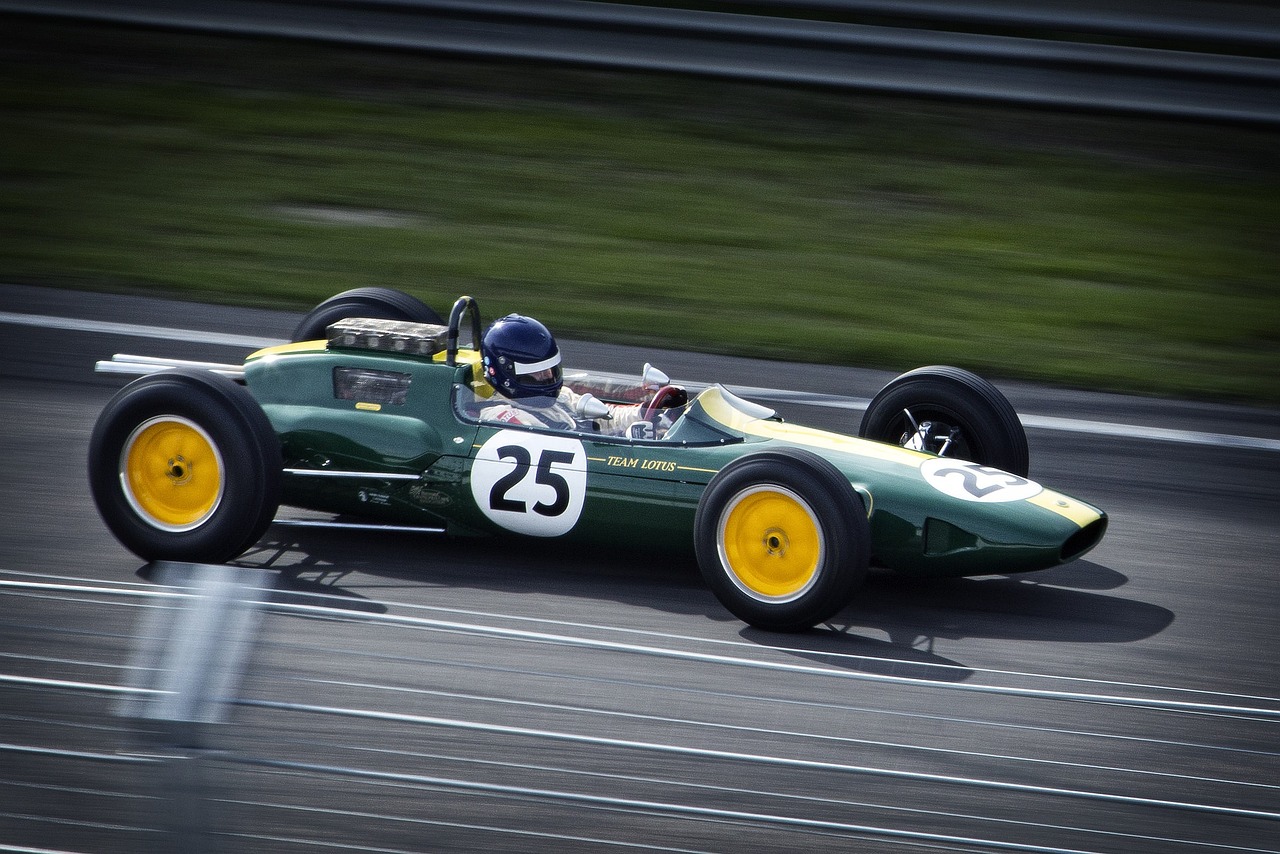Dance - Part 1
Expressive Bodily Art - Part 1
Expressive bodily art, also known as body art, is a form of artistic expression that involves using the human body as a canvas. This art form has been practiced for centuries and comes in various styles and techniques, ranging from temporary body painting to permanent tattoos. In this series, we will explore the diverse world of expressive bodily art and its significance in different cultures and societies.
The History of Body Art
Body art has a rich history that dates back to ancient times. It has been used for ceremonial rituals, cultural celebrations, and personal expression. In many indigenous cultures, body art plays a vital role in conveying social status, religious beliefs, and tribal affiliations.
Types of Body Art
Body art encompasses a wide range of practices, including:
- Body Painting: Using paints or pigments to create temporary designs on the skin.
- Tattooing: Permanently embedding ink into the skin to create intricate designs.
- Piercing: Inserting jewelry into holes pierced in various body parts.
- Scarification: Creating permanent scars in decorative patterns on the skin.
The Cultural Significance of Body Art
Body art is deeply intertwined with culture and tradition. Different societies have unique practices and beliefs related to body art. For example, in some African tribes, body painting is used to mark important milestones in a person's life, such as coming of age or marriage. In Maori culture, tattoos serve as a symbol of identity and heritage.
Exploring Expressive Bodily Art
Throughout this series, we will delve into the world of expressive bodily art, exploring its evolution, techniques, and cultural meanings. Join us on this journey as we unravel the beauty and significance of this ancient art form.

Stay tuned for Part 2 of our series on expressive bodily art, where we will delve deeper into the techniques and symbolism behind this captivating form of artistic expression.
